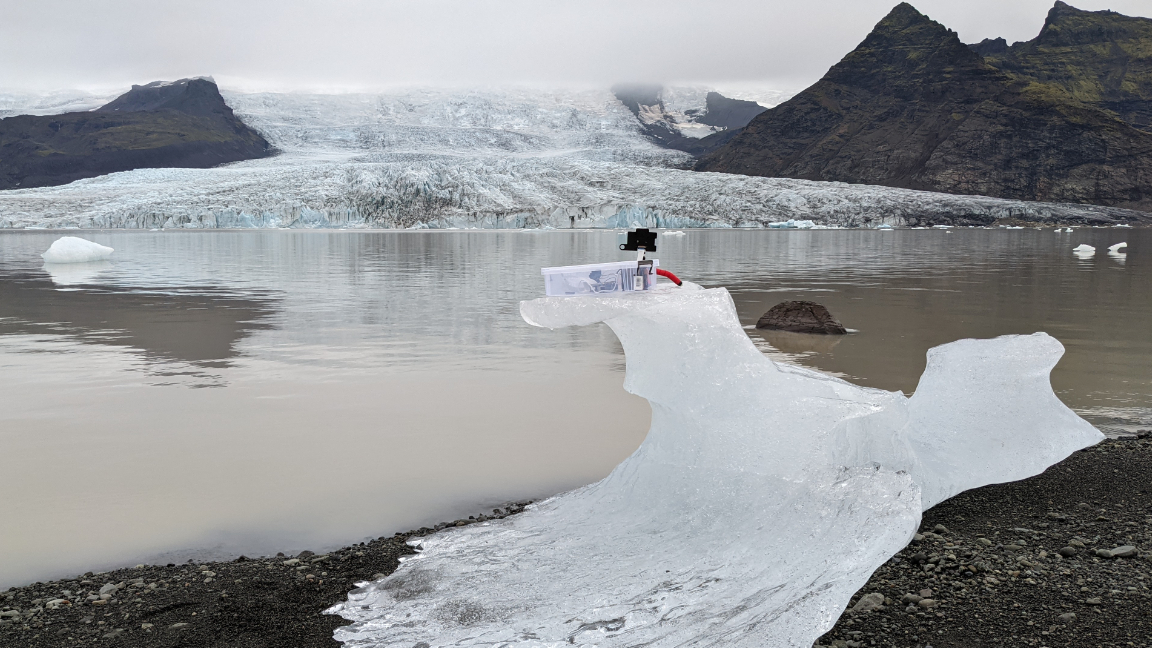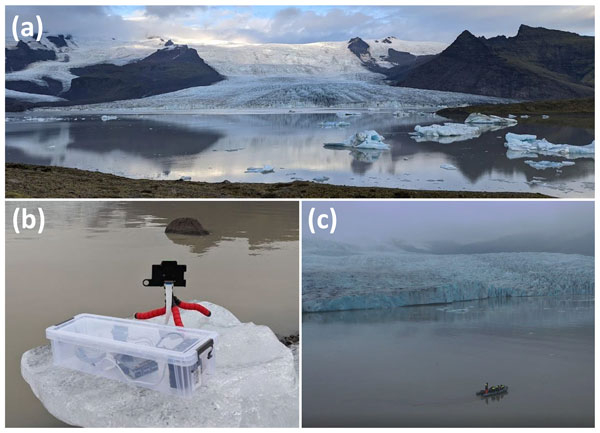
The Raspberry Pi is a flexible system with use cases ranging from retro gaming platforms to industrial use cases for factories and more. Today we’re sharing one research team's foray into science with the help of our favorite SBC and looking at how well it compares to modern, more expensive tools. Liam Taylor, Duncan Quincy, and Mark Smith recently deployed a set of Raspberry Pis to help monitor glacier calving in both Iceland and Peru.
According to the team, monitoring calving fronts is critical as extreme changes can result in environmental impacts for local residents. For example, things like tsunamis, floods, and the collapse of icebergs can cause serious damage, and monitoring these changes can help those living nearby respond before the problems worsen. Part of their research was to test the performance of a Raspberry Pi in monitoring these changes against more conventional tools they usually use, in this case, an unoccupied aerial vehicle (UAV).
To test the Pi against the UAV monitoring system, the team traveled to Fjallsjökull, Iceland. Here they could survey glaciers both from the shore and from a boat. The area also had a great variety of calving margin heights that made it easier to test the accuracy of the Raspberry Pi.


The Raspberry Pis were tested using both a Camera Module V2 and an HQ Camera Module using a 16mm telephoto lens. The Camera Module V2 proved too inadequate for their measurements, so the team opted to stick with the HQ Camera Module. The UAV chosen to compare against the Pi was a DJI Mavic 2 Pro UAV. The Raspberry Pis were then attached to a tripod with critical components like batteries stored inside a weatherproofed box.
The team mounted some of the Pis to a boat as they passed by while the UAV moved overhead. Recording the glaciers simultaneously allowed the team to get an accurate comparison of the charting ability of both devices. Using the pictures taken by the Pi, the team created a 3D render of the glaciers using photogrammetry.
Overall, the Pi provided an adequate substitute with a more affordable price point. Once the testing was complete, they left for Peru, where they used the Raspberry Pi kits to monitor glacier calving in the chilly south American region. You can read more about the exciting expedition in the team’s official report.







